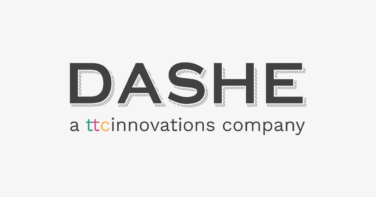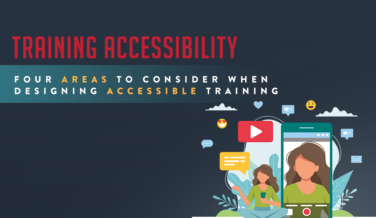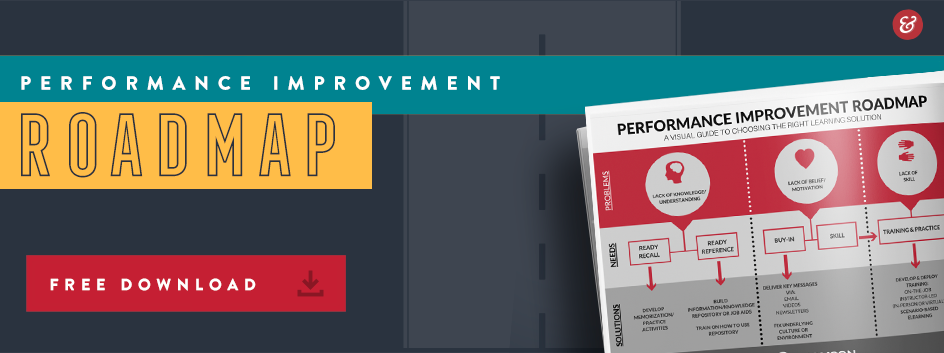Bringing Learning into the Flow of Work
Since its conception, Learning and Development (L&D) has undergone major changes in the way it delivers content to its learners. From humble beginnings in instructor-led training to eLearning and blended learning in the early 2000s, L&D has continuously changed and evolved alongside technological changes and innovations. While the past is important to learn from and build upon, it is necessary that L&D professionals focus on the present and future of the field.
In recent years, the emergence of learning in the flow of work has become a hot topic in the industry, and for good reason. Employees have become more used to quick, bite-size bits of information, and we are now seeing a general preference toward learning as a part of work as opposed to a break from work. Technology has enabled the implementation of learning in the flow of work, a novel concept that empowers employees to learn as they work and work as they learn.
As it turns out, learning in the flow of work is a necessary step toward better learning outcomes. A recent LinkedIn study surveyed over 4,000 L&D professional and asked them how their training programs could be improved. The top issue: employees don’t have enough time. We see this issue often in learning and development, and it can be a significant cause of stress and animosity toward learning programs. Employees like learning, but they don’t want it to take away from their work or interrupt their job. That’s where learning in the flow of work excels; it allows employees to break up their learning and take it in small chunks, avoiding burnout and stress related to spending a whole day, or multiple days, in instructor-led training sessions.
As L&D professionals, it is our responsibility not only to create compelling training initiatives, but also to create a culture that supports and encourages learning. As it turns out, bringing learning into the flow of work is one of the best ways to consistently engage and motivate employees in their professional development.
The first step in creating an effective ‘learning in the flow of work’ system is by fully defining and understanding it. Learning in the flow of work is the novel idea that employee development should work for and with the learner. Training shouldn’t be a destination for employees; it should be something that comes to them. This reinforces a recent shift in culture that puts the learner first—and for good reason: outcomes and goals are met much easier when the employee in the focus of the training. The best part is, L&D professionals can build cutting-edge programs that make learning programs seamless and nearly invisible while still developing meaningful, lasting results. In pursuance of this goal, we like to make sure our training hits three key terms: Accessible, on-demand, and curated.
Accessible: We’ve talked about it time and again, but one of the best ways you can create training for your learners is by making their learning accessible. There a variety of ways to do this, but we like microlearning and mobile learning best. As we mentioned above, creating a solution that can be accessed quicky and almost anywhere is better than a traditional corporate learning structure where the learner needs to log in to a specific account at a specific time in a specific place.
On-demand: Integrating learning into the flow of work means making training accessible when its best for the learner. More specifically, training should be on-demand so that learners have access to it in the moment of need. L&D professionals are recognizing now more than ever that training works best when the learner needs it most, so make sure that your programs place an emphasis on being on-demand.
Curated: Learning in the flow of work leaves little room for cookie-cutter training programs. This is because true integration requires seamless work-learning balance, and that balance is unique in every organization. A truly successful and effective learning in the flow of work program requires curation of content to align with company goals, culture, and processes.
The L&D field is constantly evolving and changing to meet learner needs and learning in the flow of work is just another example of how technology can be leveraged to improve training culture. As technology continues to evolve the way in which people work and interact, it is imperative that you create learning programs that match those changes. By implementing training and professional development programs that integrate seamlessly into your employees’ workflow, you will improve ROI and learning culture in your organization.
Continue reading

Dashe joins ttcInnovations
Learn More
Embracing the Future: Early Adopters of Generative AI for Learning
Learn More
Four Areas To Consider When Designing Accessible Training
Learn MoreCommitted to
finding solutions

